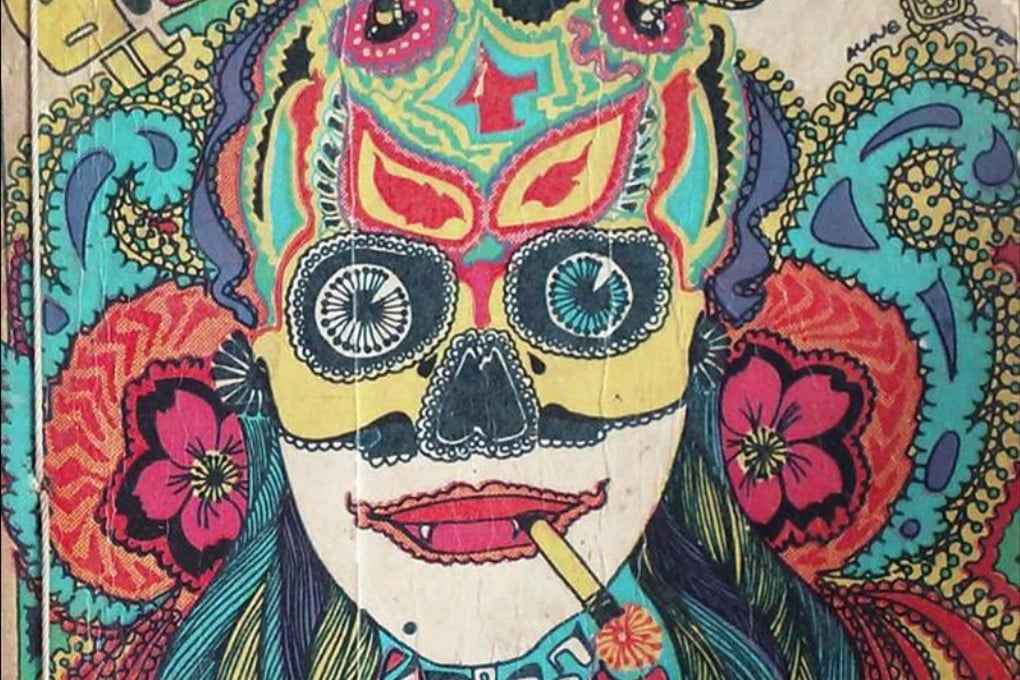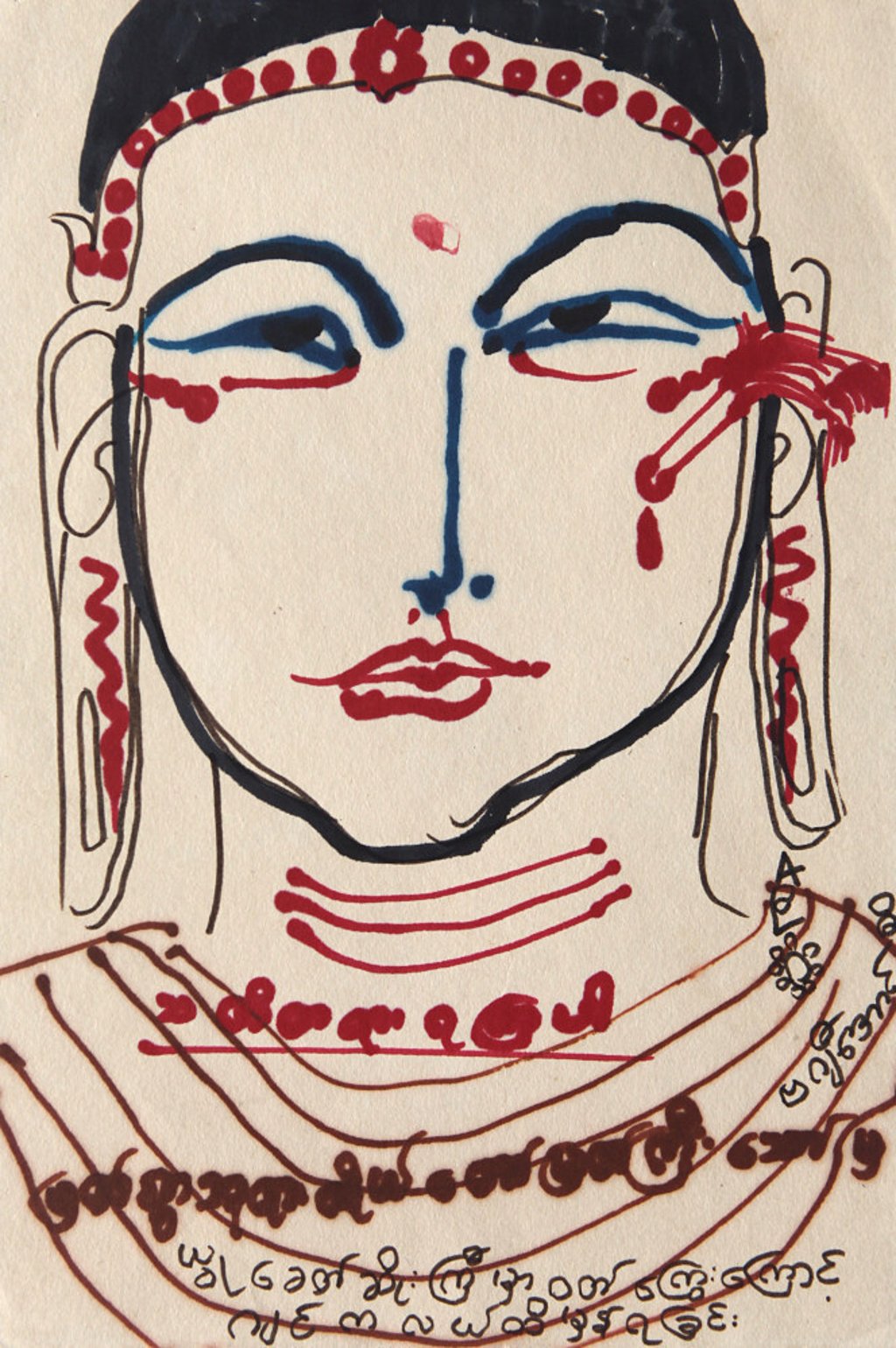Paintings of Myanmar artist Bagyi Aung Soe show unique vision and a deep understanding of the country’s complexity
- Known as ‘the father of Burmese modern art’, Bagyi Aung Soe’s true legacy is an attitude that ‘you could do things differently’, and have autonomy in your work
- His art was called ‘psychotic paintings’, as it is not naturalistic. An exhibition of his work in Paris takes on added importance given the crisis in Myanmar

A well-known Burmese artist produced two powerful illustrations after the military started shooting at protesters. One, a Nazi military helmet filled with blood and bones. The other, as the title explains, the face of the Buddha bloodied after he was hit by a catapult, a common crowd dispersal weapon.
That artist was Bagyi Aung Soe and the crackdown he witnessed happened in 1988, just two years before he died. Now, as actions by the military in Myanmar once again prompt a reaction from artists there, a major retrospective at the Centre Pompidou in Paris of “the father of Burmese modern art” seems more than pertinent.
There are certainly echoes of the two 1988 images all over social media these days.
Many artists are not afraid to push out memes, protest posters and cartoons against the February 1 military coup despite the increasingly violent crackdown on the protest movement. This is a generation that has enjoyed a relatively liberal environment since the Saffron Protest of 2007, which would eventually propel Aung San Suu Kyi’s civilian government into power, and they are defiant.

For example, Khin Zaw Latt, born in 1980, has put together a collage of 120 paintings made by artists of the three-finger salute – a symbol of anti-authoritarianism, adopted from the Hunger Games film series, that has gone viral online.
Bagyi Aung Soe operated very differently from today’s digital natives. His platforms were the old kind – magazines, books, newspapers. There isn’t even much trace of his legacy, visually, in the work of Myanmar artists who came after him. And he was not an activist – the bulk of his surviving works reflect his own proto-New Age, pick-and-mix spiritual synthesis that combines Tantric Buddhism, Zen and Burmese Theravada practices.